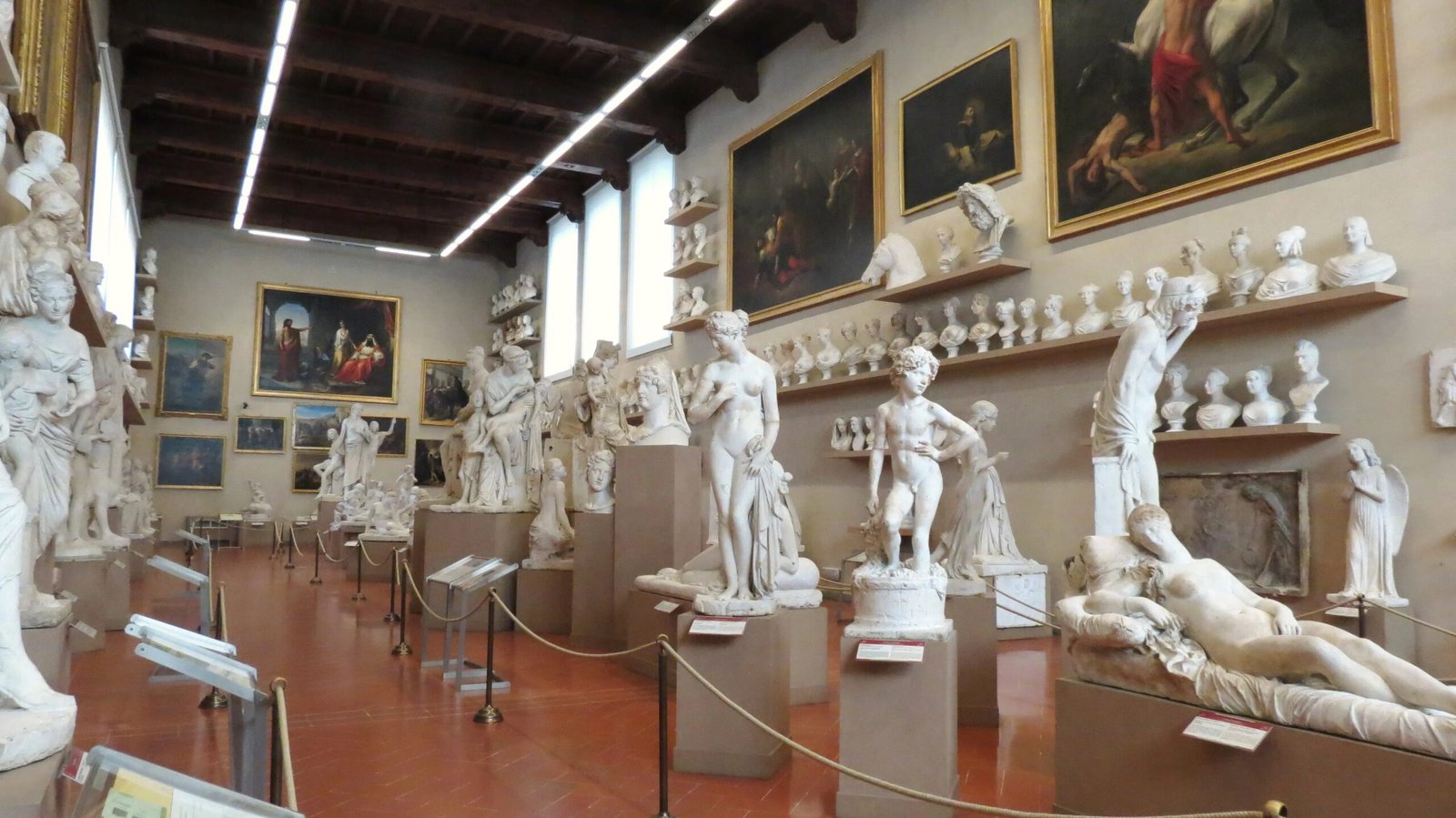Accademia Florence Tour
Description
As the renowned institution housing Michelangelo’s original David and often considered Italy’s second most visited museum, the Academy of Fine Arts of Florence was established in the late 18th century. Even today, it continues to welcome art students from across the globe. The Accademia proudly preserves works of art by illustrious masters like Giambologna, Ghirlandaio, and, of course, Michelangelo.
- Booking
- Details
- Locations
Accademia Florence Tour itinerary:
- Rape of Sabine
- Cassone Adimari
- Prisoners
- St. Matthew
- David
Availability: Every Day except Monday
Departure time: 11AM – 1PM – 3PM – 4PM
Meeting Point: Via Martelli 33r, Florence
Duration: 1h
Accademia Florence Tour
Accademia Gallery of Florence was once part of the academy of the fine arts. It was founded in 1784 by the grand Duke Pietro Leopoldo whom collected a great amount original and replicated art works. The original gallery was hosting two enormous gypsum models of giambologna’s famous Rape of Sabines statue. The gallery was enriched with Gothic and renaissance paintings from churches and convents that Pietro Leopoldo abolished.
Accademia gallery was chosen to be the new home of Michelangelo’s David due to the fact that the Accademia happen to be located in the same square where the young Michelangelo studied sculpting as a child. In 1873 the town of Florence relocated David which was no longer safe in its original location of Signoria Square.
A few decades later other Michelangelo’s master pieces such as Prisoners, gifted by the nephew of Michelangelo to Cosimo I Medici St. Matthew and Pieta joined the museum. This is how academia became an unofficial Michelangelo museum.
Our expert English speaking guide will bring each master piece come back to life with inside stories of one of the world’s greatest artist.
Florence
Florence was a centre trade, finance and one of the wealthiest cities of that era. It is considered by main academics the birthplace of the Renaissance. Florence’s turbulent political history includes periods of rule by the powerful Medici family and numerous religious and republican revolutions. From 1865 to 1871 the city served as the capital of Italy (established in 1861). The Florentine dialect forms the base of Standard Italian and it became the language of culture throughout Italy due to the prestige of the masterpieces by Dante Alighieri, Petrarch, Giovanni Boccaccio, Niccolò Machiavelli and Francesco Guicciardini.
The city attracts millions of tourists each year. The city is noted for its culture, Renaissance art and architecture and monuments. The city also contains numerous museums and art galleries, such as the Uffizi Gallery and the Palazzo Pitti,and still exerts an influence in the fields of art, culture and politics.







